Mooring lines are indispensable components in maritime operations, serving as crucial connectors between vessels and fixed structures like docks or buoys. Among the various materials used for mooring lines, polypropylene (PP) stands out for its exceptional qualities. In this guide, we’ll delve into the intricacies of PP mooring line ropes, exploring their composition, advantages, applications, maintenance tips, comparisons with other materials, and environmental considerations.
Introduction to PP Mooring Line Rope
PP mooring line ropes are synthetic ropes crafted from polypropylene fibers, renowned for their durability, buoyancy, and resistance to harsh marine conditions. These ropes play a pivotal role in securing vessels, ensuring stability and safety in docking procedures.
Understanding the Composition of PP Mooring Line Rope
Polypropylene Fiber
The core component of PP mooring line ropes is polypropylene fiber, a thermoplastic polymer known for its robustness and flexibility. Polypropylene fibers offer remarkable strength and resistance to stretching, making them ideal for maritime applications.
Construction of PP Mooring Line Rope
PP mooring line ropes are constructed through a meticulous braiding or twisting process, enhancing their tensile strength and load-bearing capacity. The weaving technique employed in their fabrication contributes to their durability and longevity in demanding marine environments.
Advantages of PP Mooring Line Rope
PP mooring line ropes offer several advantages that make them preferred choices for marine operations:
High Strength-to-Weight Ratio
Despite their lightweight nature, PP mooring line ropes exhibit exceptional strength, enabling them to withstand heavy loads and turbulent sea conditions with ease.
Resistance to Abrasion and UV Radiation
PP mooring line ropes are highly resistant to abrasion and UV radiation, ensuring prolonged durability even when exposed to harsh sunlight and saltwater environments.
Buoyancy
One of the distinctive features of PP mooring line ropes is their inherent buoyancy, which prevents them from sinking and facilitates easy handling during mooring operations.
Applications of PP Mooring Line Rope
PP mooring line ropes find extensive applications across various sectors:
- Maritime Industry: From commercial vessels to offshore platforms, PP mooring line ropes are indispensable in securing maritime assets and ensuring operational stability.
- Recreational Boating: Boaters and sailors rely on PP mooring line ropes to anchor their vessels securely, whether in marinas or open waters.
- Fishing: Fishermen utilize PP mooring line ropes to tether their boats, traps, and nets, facilitating efficient fishing operations in coastal and offshore waters.
Maintenance and Care Tips for PP Mooring Line Rope
To maximize the lifespan and performance of PP mooring line ropes, proper maintenance is essential. Here are some recommended tips:
- Regularly inspect the ropes for signs of wear, fraying, or damage.
- Rinse the ropes with freshwater after each use to remove salt and debris.
- Store the ropes in a dry, well-ventilated area away from direct sunlight and extreme temperatures.
- Avoid sharp edges and abrasive surfaces that could cause abrasion or cutting of the ropes.
Comparing PP Mooring Line Rope with Other Materials
In comparison to alternative mooring line materials like nylon and polyester, PP mooring line ropes offer distinct advantages in terms of cost-effectiveness, buoyancy, and UV resistance. While nylon and polyester may excel in certain scenarios, PP remains a versatile and reliable choice for many marine applications.
Environmental Impact of PP Mooring Line Rope
Despite its numerous benefits, PP mooring line ropes raise concerns regarding environmental sustainability. As synthetic fibers, they are not biodegradable and can pose risks to marine ecosystems if improperly disposed of. Manufacturers and users alike must explore eco-friendly alternatives and recycling initiatives to mitigate environmental harm.
Conclusion
PP mooring line ropes stand as resilient solutions in the maritime realm, embodying a blend of strength, durability, and buoyancy. Their versatility and reliability make them indispensable assets across diverse marine applications. However, it’s imperative to balance their practical benefits with environmental consciousness, fostering sustainable practices for the preservation of our oceans.
FAQs (Frequently Asked Questions)
Are PP mooring line ropes suitable for saltwater environments?
Yes, PP mooring line ropes are specifically designed to withstand the corrosive effects of saltwater, making them ideal for maritime use.
Can PP mooring line ropes be spliced for customized lengths?
Yes, PP mooring line ropes can be spliced using appropriate techniques to adjust their length according to specific mooring requirements.
How often should PP mooring line ropes be replaced?
The lifespan of PP mooring line ropes depends on various factors such as usage frequency, exposure to environmental elements, and maintenance practices. Regular inspections are recommended to assess the condition of the ropes and determine if replacement is necessary.
Are PP mooring line ropes prone to stretching over time?
While PP mooring line ropes possess minimal stretch characteristics compared to natural fibers like nylon, prolonged exposure to heavy loads or adverse conditions may cause slight elongation. Proper maintenance and load management can help mitigate stretching effects.
What are the disposal options for used PP mooring line ropes?
Disposal options for used PP mooring line ropes include recycling programs offered by manufacturers or specialized facilities. It’s essential to explore environmentally responsible disposal methods to minimize ecological impact.

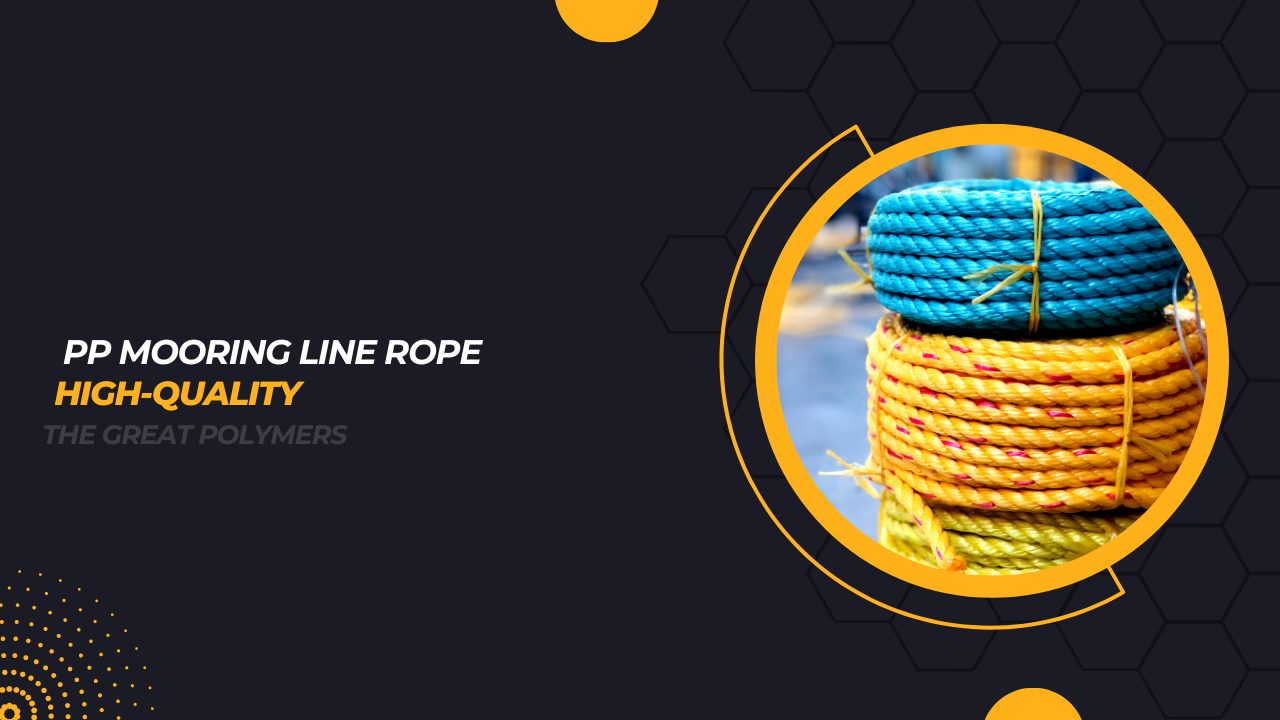
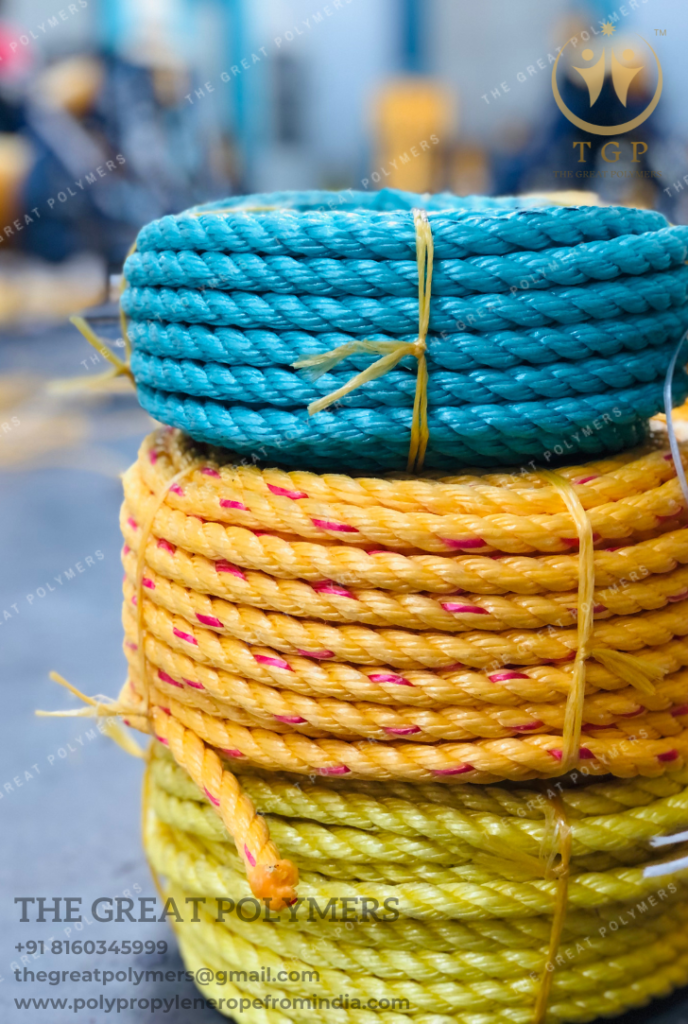



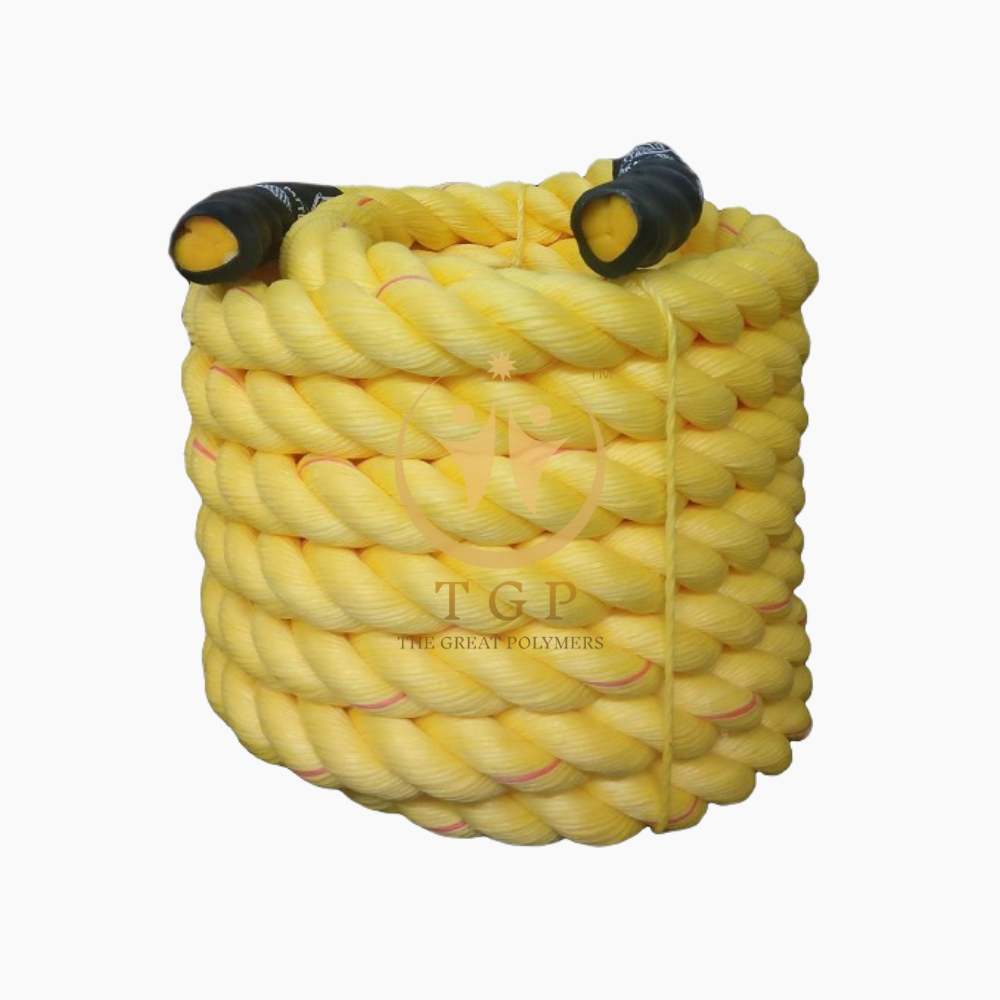
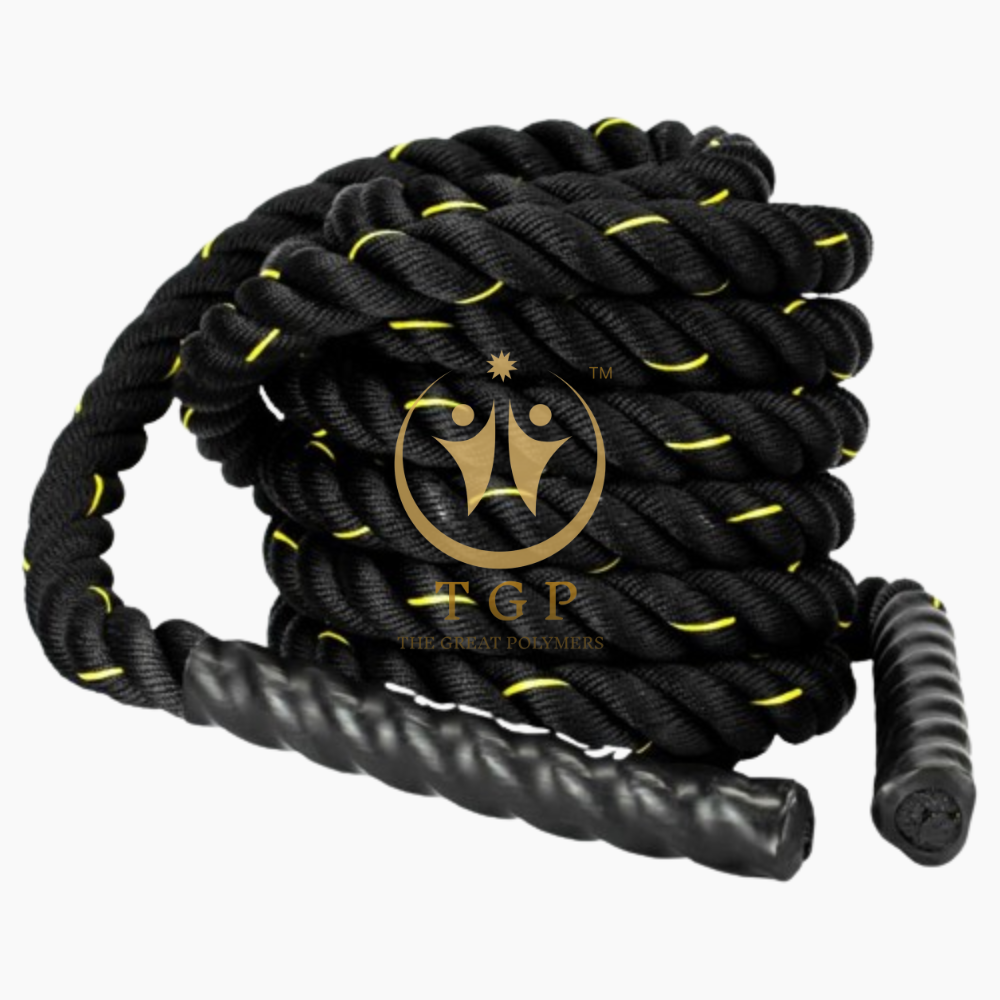
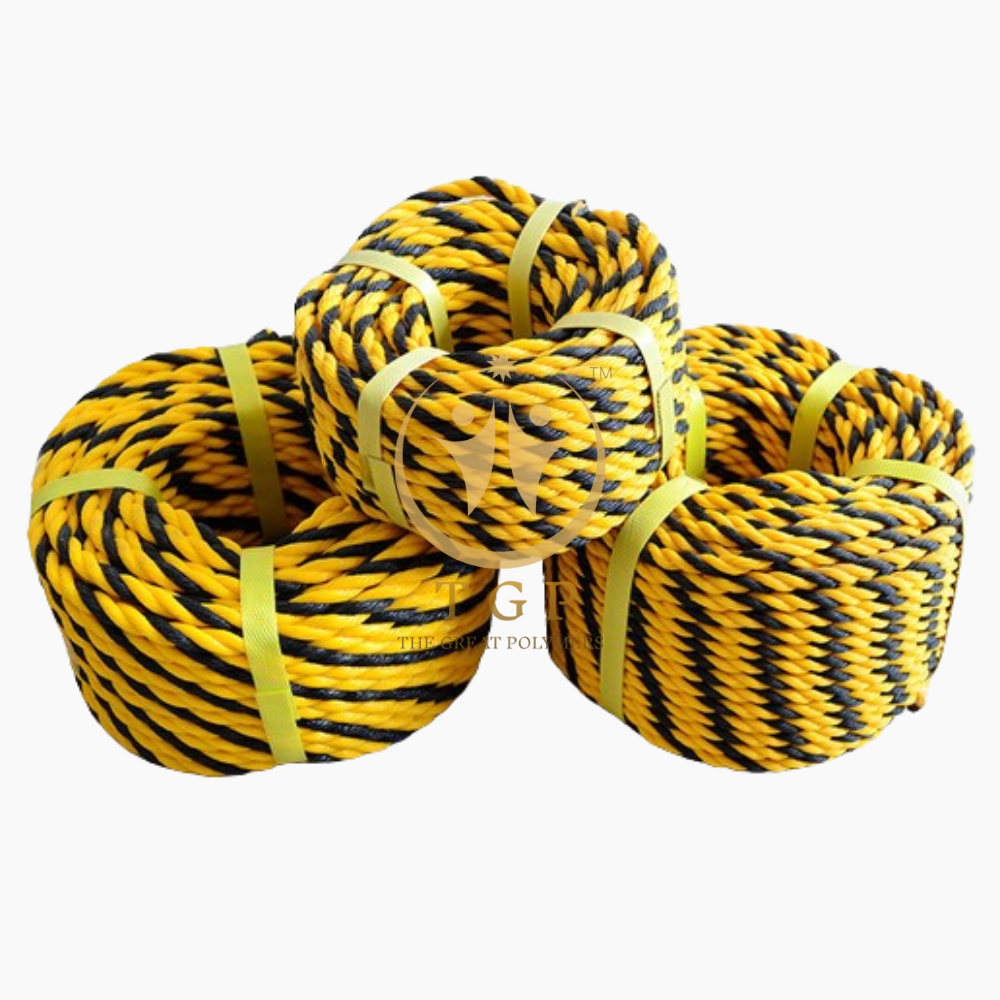

Leave a reply